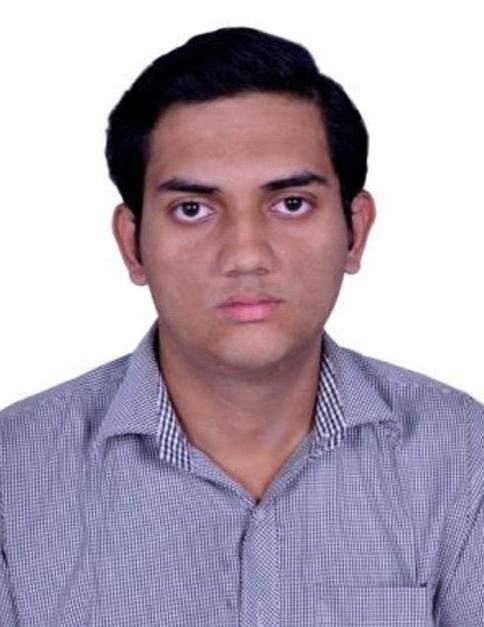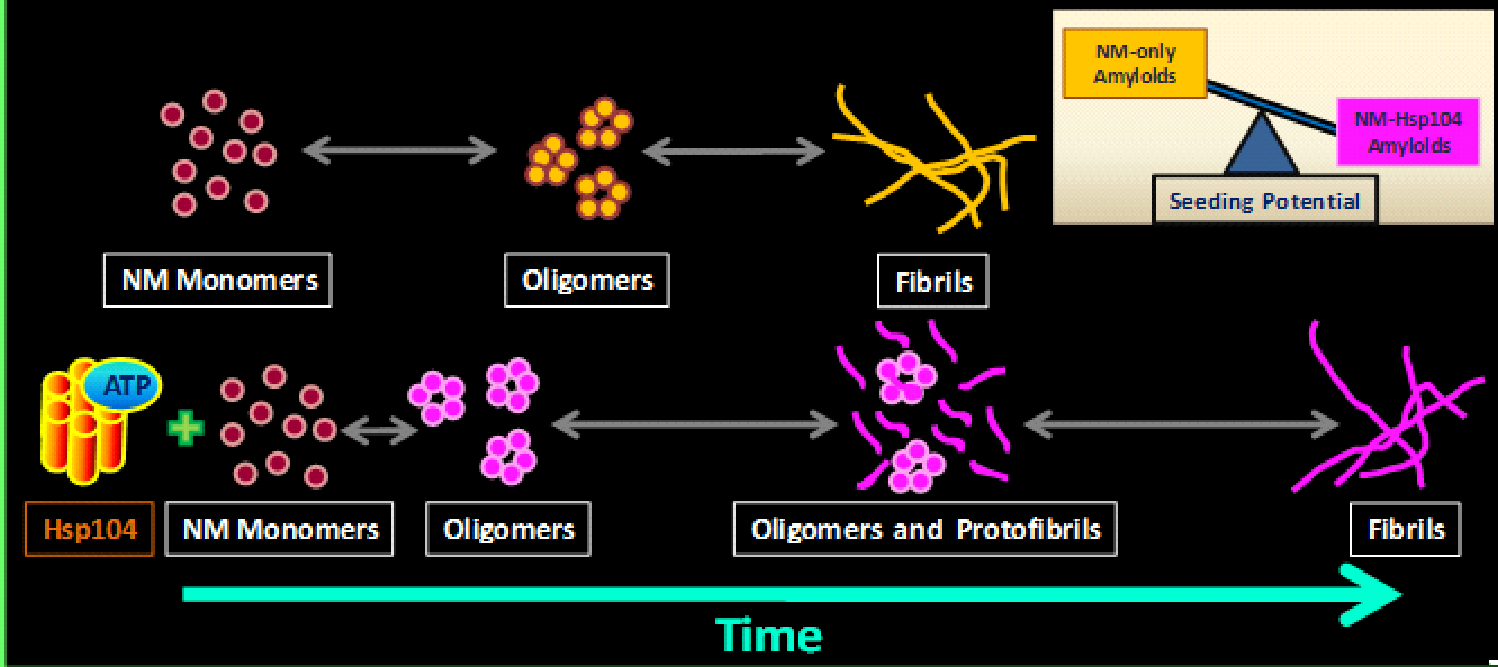About author
Sayanta Mahapatra belongs to the Paschim Medinipur district in the state of West Bengal. He completed his graduation (B.Sc) in chemistry major from the S. A. Jaipuria College, Kolkata under the University of Calcutta. Then, he joined the Department of Biophysics and Biochemistry at the University of Kalyani, Kalyani, West Bengal to pursue a Master’s degree in biochemistry. In 2016, he joined the Department of Biological Sciences at IISER Mohali to pursue his Ph.D. under the supervision of Prof. Samrat Mukhopadhyay. In the Mukhopadhyay Lab, he is studying amyloid formation, disaggregation, and several molecular regulators of amyloid transmission using atomic force microscopy (AFM), steady-state fluorescence spectroscopy, and classical biochemical tools and techniques. Outside his scientific pursuits, he likes to travel and listen to music of different genres.


